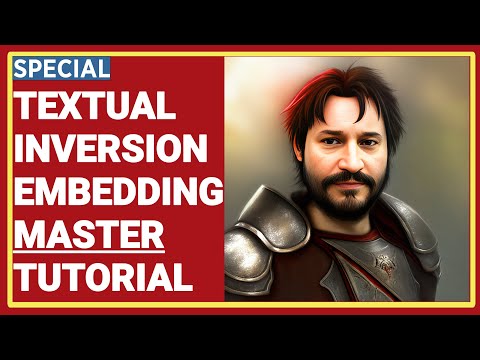Description:
Learn the intricacies of Stable Diffusion Textual Inversion (TI) and Text Embeddings using the Automatic1111 Web UI in this comprehensive tutorial video. Explore topics such as setting up the Automatic1111 environment, understanding command line arguments, managing Stable Diffusion models and VAE files, and configuring training settings. Dive deep into the technical aspects of tokens, vectors, and embedding learning rates. Discover how to prepare and preprocess training datasets, use prompt templates, and leverage filewords for effective training. Gain insights into monitoring training progress, avoiding overtraining, and comparing different AI training techniques. Master the use of generated embeddings, test various checkpoints, and learn how to upscale images using AI. By the end of this tutorial, you'll have a thorough understanding of Textual Inversion and its application in Stable Diffusion image generation.

How to Do Stable Diffusion Textual Inversion - Text Embeddings by Automatic1111 Web UI Tutorial
Add to list
#Computer Science
#Deep Learning
#Stable Diffusion
#Programming
#Software Development
#Version Control
#Git